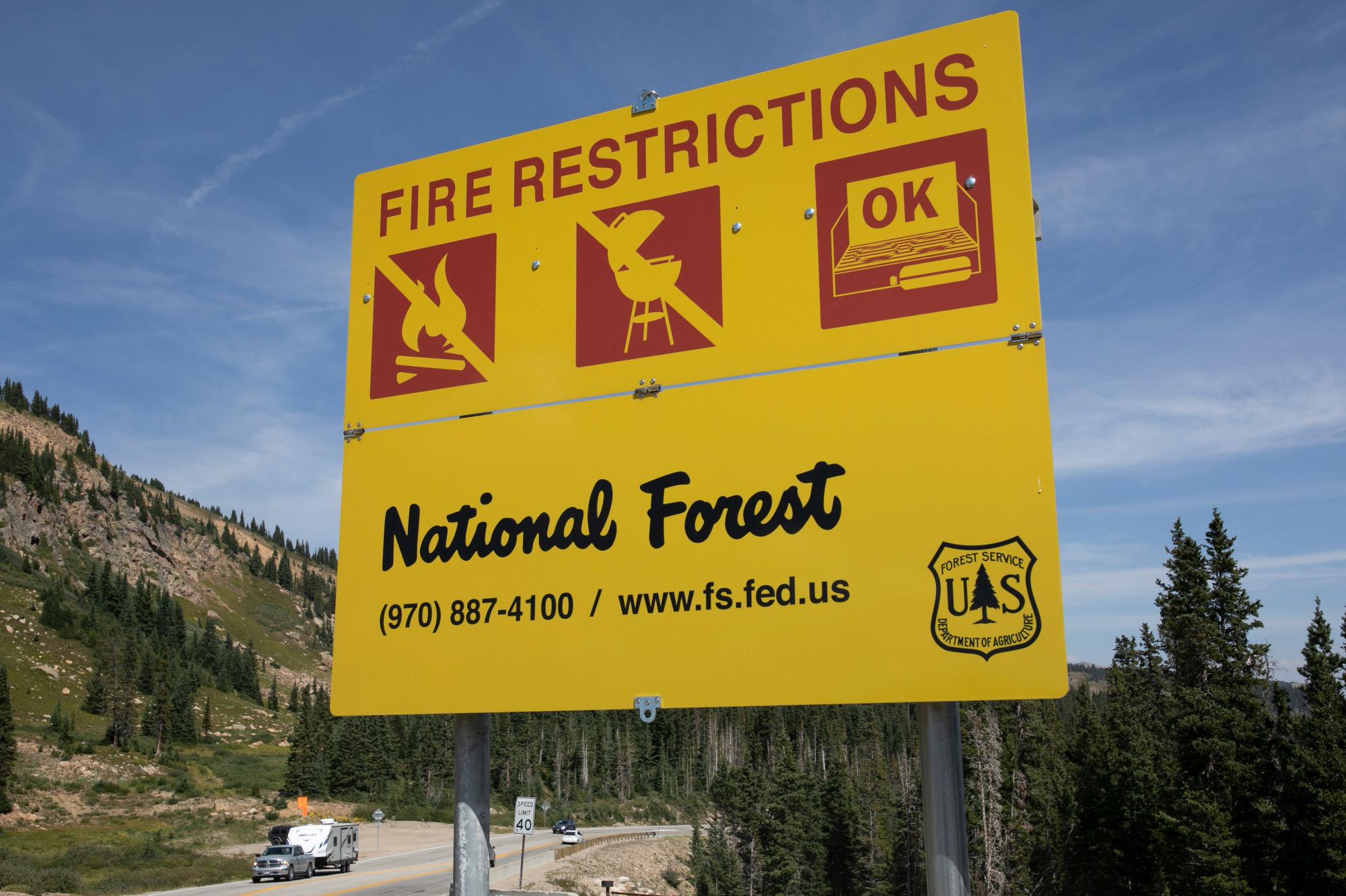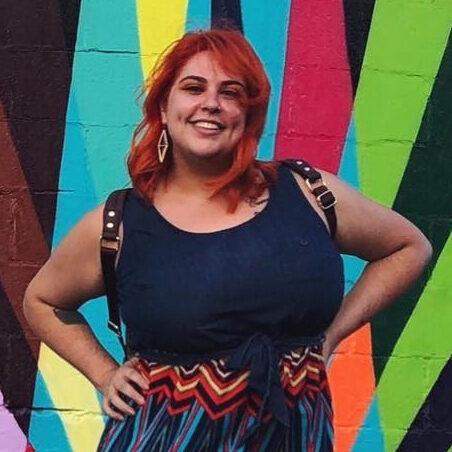
As multiple wildfires tear through Colorado and heavy rains are yet to be seen, the state’s drought conditions are getting worse — fast.
The United States Drought Monitor published its latest weekly data report Thursday morning, and it shows 73 percent of the state is experiencing severe or extreme drought. That number was at 61 percent just a week ago.
David Simeral, a climatologist at the Western Regional Climate Center, helped compile this information for the Drought Monitor. He said one contributing factor is that warmer temperatures earlier in the year caused the mountain snowpack to melt off faster.
“You had your early runoff occur and things started to dry out earlier because of the heat in the late spring,” Simeral said. “Moving into the summer months, the rains didn’t come; temperatures have been above normal and that led to things drying out really quickly.”
The two largest wildfires burning right now are in the area with the worst drought conditions. As of Thursday morning, the Pine Gulch fire north of Grand Junction has burned 122,000 acres with 14 percent containment, and the Grizzly Creek fire near Glenwood Springs had scorched nearly 30,000 acres and is 4 percent contained.
Simeral said it doesn’t help things that the state’s continuous drought has led to an infestation of bark beetles, which feast on trees and essentially leave behind a forest of dried-out wood.
“When you get thunderstorms — or thunderstorms with dry lightning where it’s not raining, you’re just getting lightning striking — you’ve got a lot of fine fuels on the forest floor that can ignite fires,” Simeral said.
Nearly every part of the state is experiencing some degree of drought — 99 percent. Those dry conditions and a lack of rain have set the stage for wildfires that have proven easy to spark and hard to control.
Colorado hasn’t seen these kinds of conditions since the summer of 2012. But the summer of 2018 was even drier and was one of the worst fire seasons in the state’s recorded history.









